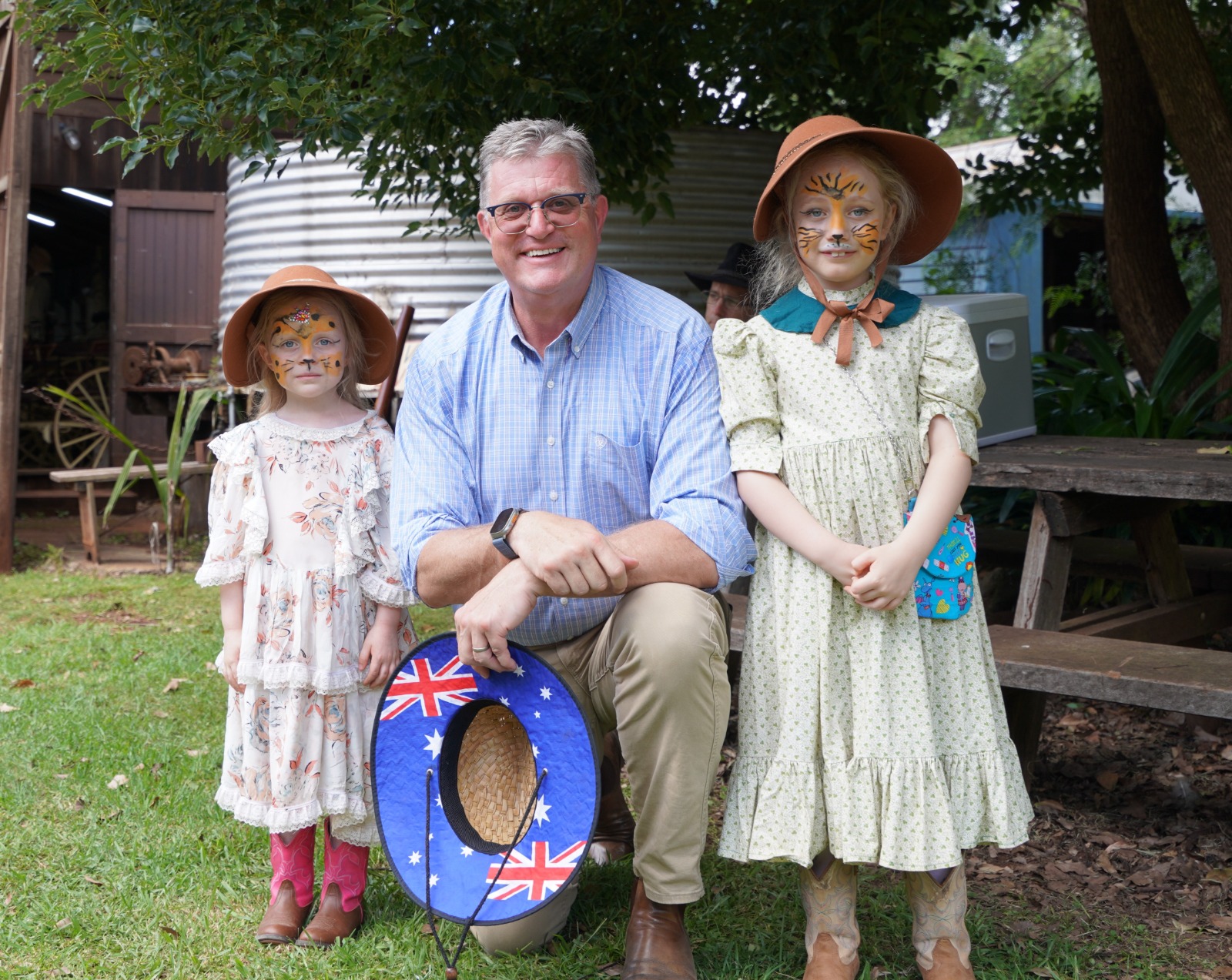The LNP has announced a plan to build Queensland’s biggest-ever drought-busting infrastructure project – creating tens of thousands of jobs and irrigating an area of land larger than Tasmania.
LNP Leader Deb Frecklington said the New Bradfield Scheme would use water from the largest dam ever built in Queensland to create a new foodbowl on the western side of the Great Dividing Range.
The scheme has been developed by two of Queensland’s most respected knights of industry – Sir Leo Hielscher and Sir Frank Moore – and was inspired by the drought-relief scheme proposed by Queensland engineer John Bradfield in 1938.
“The New Bradfield Scheme is an entirely new drought-busting infrastructure project that will deliver massive benefits to Queensland,” Ms Frecklington.
“I’m backing the New Bradfield Scheme because it will create new jobs, provide water for our farmers, generate green hydro-electric power and reduce nutrient run-off onto the Reef.
“The drought is costing Australia $12 billion a year and it is devastating regional communities.
“The New Bradfield Scheme will help to drought-proof Queensland while generating new jobs for decades to come.
“This project will change the face of Queensland, but it will only be delivered by an LNP Government.”
- The New Bradfield Scheme would almost double the height of the proposed Hell’s Gate Dam in North Queensland to over 120m, drawing water from the South Johnstone, Tully, Herbert and Burdekin rivers into a lake potentially twice the size of the Burdekin Falls Dam.
- While the original Bradfield Scheme required expensive pumping to transfer water over the range, the New Bradfield Scheme would use gravity to feed water from the Hell’s Gate Dam through tunnels beneath the range.
- The water would be used to irrigate around 80,000 square kilometres of rich blacksoil plains to the south and west of Hughenden – an area substantially larger than Tasmania.
- Instead of draining into Lake Eyre – as John Bradfield proposed – the New Bradfield Scheme would divert water into the Warrego River and the northern basin of the Murray-Darling System, where it will be reserved for use by southern Queensland farmers.
- Instead of consuming electricity, the New Bradfield Scheme would generate thousands of megawatts of power through a series of hydro-electric plants.
The project complements the LNP’s plans to improve water security on the eastern side of the Great Dividing Range by starting work on the Nullinga Dam, Urannah Dam, Rookwood Weir and raising the Burdekin Falls Dam.
“During the February floods in North Queensland, the volume of water spilling over Burdekin Falls Dam would have filled Sydney Harbour in just five hours,” Ms Frecklington said.
“That water all went out to the sea – but the New Bradfield Scheme would capture North Queensland’s water and use it to create new jobs and secure the future of rural communities.”
If elected in 2020, a Deb Frecklington LNP Government will commission the CSIRO to begin advanced planning through a $20 million commitment to the New Bradfield Scheme.
The project would require billions of dollars and take over a decade to construct, but Ms Frecklington said the time had come for Queensland and Canberra to work together to tackle the huge financial and human costs of the drought.
“I will work in partnership with the Federal Government to deliver this water project, because beating drought makes economic sense for everyone,” Ms Frecklington said.
“While the Palaszczuk Labor Government has fake fights with Canberra to hide its own failures, I will work with the Federal Government to build a better Queensland.
“The upside for Queensland is huge. We can deliver tens of thousands of new jobs and give farmers the water they need to thrive.
“The New Bradfield Scheme is an incredible opportunity for Queensland. Let’s seize it.”




